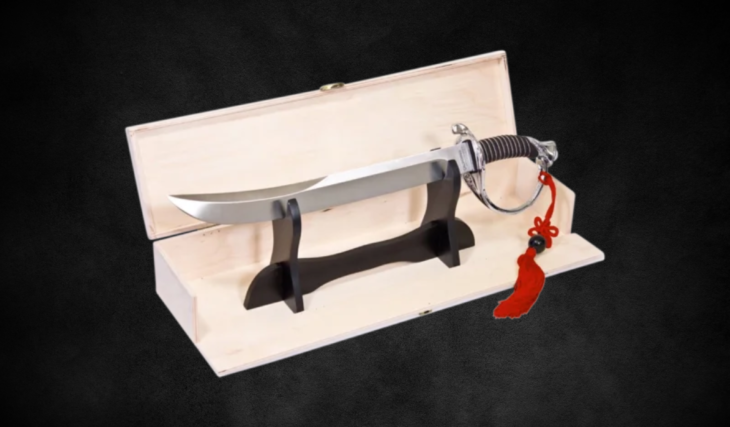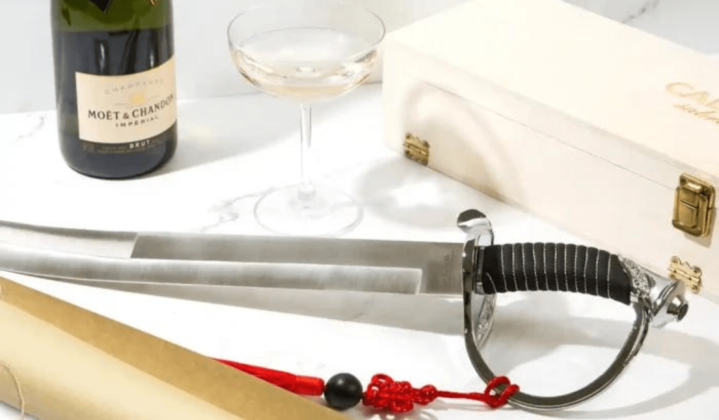The History of Champagne Sabering: From Napoleon to Modern Times
Origin of Champagne Sabering
The tradition of champagne sabering has roots that go back centuries, offering a blend of history and excitement with every strike of the blade. Originating with French cavalry soldiers during their triumphant returns from battle, the practice symbolized celebration and camaraderie. Over time, this military ritual evolved, capturing the imaginations of those seeking to elevate their moments of joy, turning a simple toast into an unforgettable spectacle.
What makes champagne sabering so captivating today is its unique ability to turn any occasion into something extraordinary. The sharp sound of a saber gliding along the neck of a bottle, followed by the exhilarating pop, draws in everyone present. It’s not just about opening champagne—it’s about creating a moment that feels thrilling and memorable. Sabering combines precision with flair, leaving a lasting impression on guests and hosts alike.
From intimate gatherings to grand celebrations, sabering continues to symbolize elegance and luxury. Its historical significance and modern-day appeal make it a perfect choice for those who want to add a touch of tradition to their events. With a single, swift motion, sabering transforms any toast into a celebration that echoes the excitement of victory and triumph. At California Champagne Sabers, our collection seamlessly continues this tradition, offering beautifully crafted sabers that turn every toast into a moment of triumph and elegance.
Champagne Sabering Through the Centuries

As champagne sabering made its way from battlefields to royal courts, it transformed from a bold display of military skill into a sophisticated ritual. Throughout the 19th century, this tradition became a hallmark of high-society gatherings, where aristocrats and socialites would saber bottles to mark significant moments. The combination of ceremony and flair made it an iconic part of celebratory culture during this time.
By the 20th century, champagne sabering had firmly established itself as a favored practice in grand celebrations around the world. From roaring 1920s parties to lavish events in the decades that followed, sabering was embraced by those looking to add excitement to their festivities. The act had evolved into a symbol of indulgence and luxury, maintaining its connection to victory while expanding into new, more personal expressions of joy.
Today, champagne sabering continues to evolve, bridging the past and present. Whether performed at weddings, galas, or intimate celebrations, this historic tradition retains its sense of grandeur, offering a dramatic and unforgettable way to mark life’s most important moments. Its journey through the centuries stands as a testament to the enduring allure of this timeless practice.
Modern Champagne Sabering
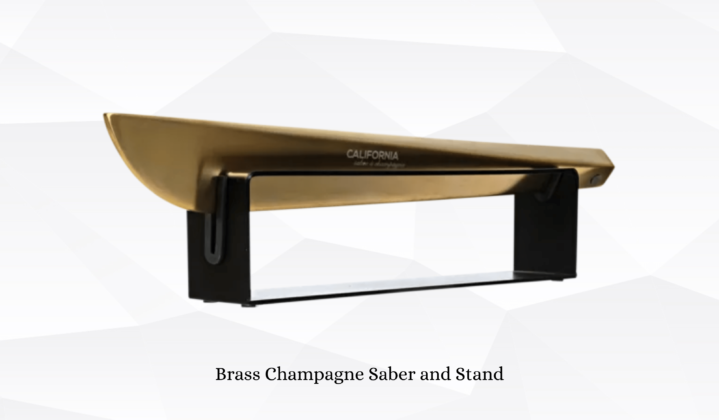
In the 21st century, champagne sabering has found a new home in modern celebrations, blending old-world charm with contemporary flair. Fine dining establishments often feature sabering as part of their elevated guest experience, adding a touch of drama and exclusivity. Whether it’s a special event or a private celebration, the art of sabering continues to captivate audiences who seek to honor tradition while embracing modern luxury.
Social media has played an important role in the resurgence of sabering, with countless videos and posts showcasing this elegant act across platforms. The visual appeal of sabering, combined with the instant gratification of sharing the moment, has brought the ritual into the digital age. Influencers, event planners, and even everyday people have helped transform sabering into a viral sensation, fueling its popularity worldwide.
Despite its modern resurgence, champagne sabering remains deeply tied to tradition. At its core, it’s a celebration of craftsmanship, precision, and the joy of marking life’s most meaningful moments with elegance. From the days of Napoleon’s cavalry to the age of social media, sabering has proven itself as a timeless way to honor both the past and the present in celebratory style.
Mastering the Art of Sabering
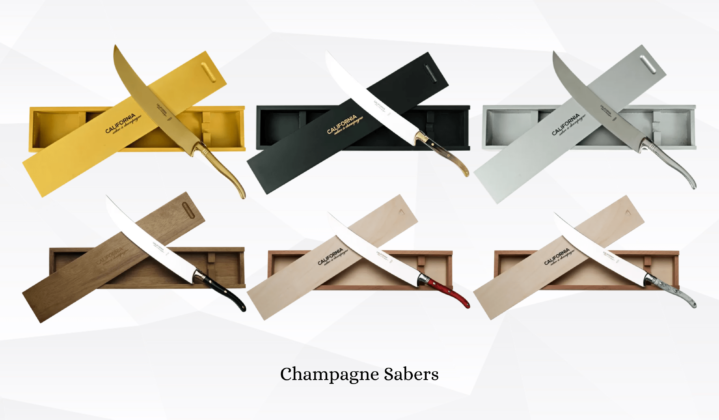
Mastering the art of sabering requires both technique and confidence. The key is to run the saber smoothly along the seam of the bottle, striking the lip with just enough force to send the cork flying without shattering the bottle. Holding the bottle at a slight angle while keeping it chilled is crucial to ensure the pressure inside helps with a clean break. With practice, the art of sabering becomes a thrilling addition to any celebration, elevating the moment with precision and flair.
Many myths surround champagne sabering, including the belief that it requires excessive force or a sharpened blade. In truth, the saber doesn’t need to be sharp, as it’s the bottle’s pressure that causes the cork to pop off when struck correctly. Common mistakes, such as applying too much force or sabering at the wrong angle, can result in broken bottles or corks that remain stuck. By mastering the technique, you can avoid these issues and perform the ritual with grace.
Safety is paramount when sabering, as it involves a combination of pressure and glass. Ensuring the bottle is properly chilled reduces the risk of accidents, and performing the ritual in an open space keeps others safe from flying corks or glass shards. Precision is key, but with the right technique and care, sabering becomes an art form that anyone can enjoy safely. The elegance of the act lies in its balance between spectacle and control.
Sabering in Pop Culture: From Historical Ritual to Cinematic Moments
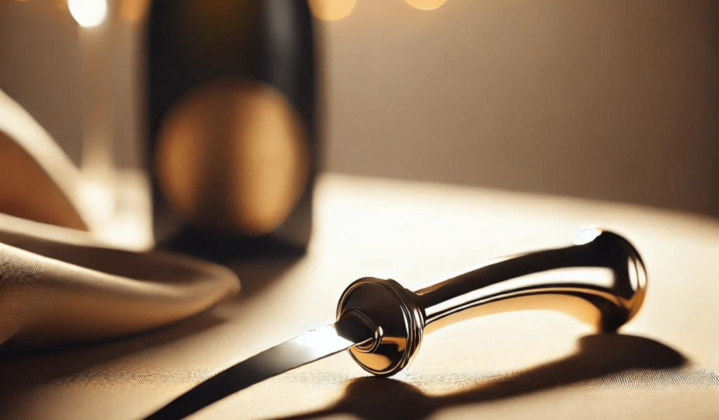
In the late 20th and early 21st centuries, champagne sabering found its way into pop culture, featured in movies, television shows, and high-profile events. This transition from a historical ritual to a pop culture moment has made sabering an iconic act of luxury and sophistication. Films often depict the dramatic moment of a saber striking a bottle, symbolizing grandeur and celebration. These moments have helped bring the tradition into the modern consciousness, linking it with both celebration and cinematic elegance.
Beyond the screen, celebrities and influencers adopted sabering as a signature gesture for special occasions, further cementing its place in modern culture. High-profile sabering at awards shows, fashion events, and celebrity parties has expanded its appeal, making it a favored ritual among a new generation.
The Role of French Wineries in Preserving Sabering Tradition
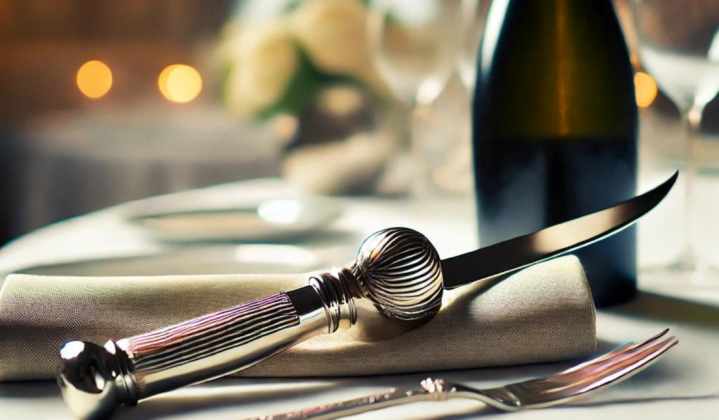
French wineries have played a crucial role in keeping the tradition of champagne sabering alive. Over centuries, these vineyards embraced sabering not just as a sales tactic but as an authentic part of their heritage. From the rolling hills of Champagne, where the ritual began, to today’s luxury champagne houses, the saber remains an essential part of formal events and tastings. Many wineries have hosted sabering ceremonies for visitors, blending history, wine, and spectacle in one unforgettable experience.
This commitment to preserving sabering as a ritual has allowed the tradition to endure in wine culture. By continuing to embrace sabering as part of the winemaking experience, French vineyards have ensured that this dramatic practice remains a meaningful way to celebrate the release of every new vintage.
Sabering and its Renaissance in Michelin-Star Restaurants
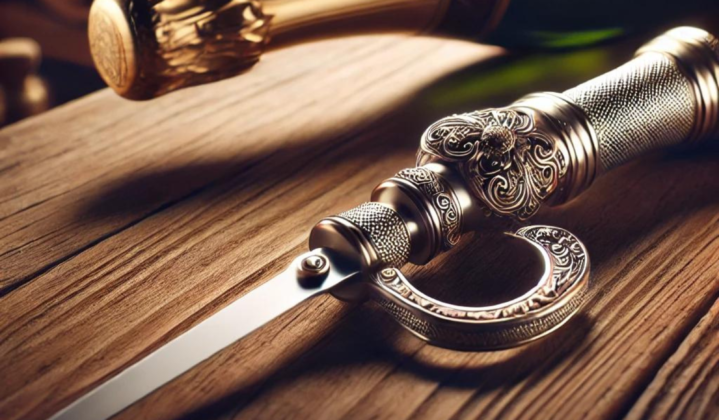
Michelin-starred restaurants and luxury dining venues began to revive the art of sabering in the 21st century, offering it as part of exclusive tasting experiences. This renaissance of sabering in fine dining has taken the tradition from historical roots to the forefront of modern gastronomy. Top chefs and sommeliers incorporated sabering into their wine pairings, using the dramatic flair to enhance the overall dining experience. The act of sabering became a performance that heightened the sense of occasion and indulgence for their guests.
By bringing sabering into the world of high-end cuisine, these restaurants transformed it into more than a tradition—it became an integral part of the modern dining spectacle, ensuring that guests left not only satisfied with their meal but with a lasting memory of celebration and craftsmanship.
Champagne Saber Trends in Modern Times
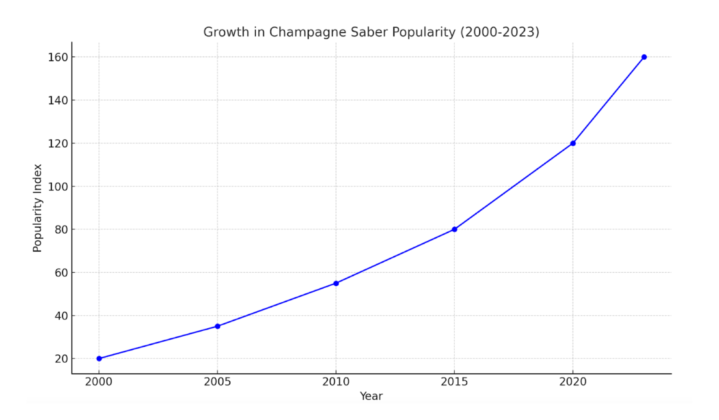
The chart illustrates a clear upward trend in the practice of sabering champagne, especially from 2010 onwards. This growth corresponds with a broader cultural shift where unique and visually captivating traditions, such as champagne sabering, gained traction through social media platforms like Instagram and YouTube. Influencers and event planners contributed significantly to reviving this age-old tradition, turning it into a viral sensation.
- Sharp Rise After 2010: The data reflects a sharp increase in popularity after 2010, coinciding with the growing influence of social media on event planning and luxury experiences. This period saw people sharing videos and photos of sabering champagne at weddings, New Year’s Eve parties, and corporate events, which fueled the ritual’s resurgence globally.
- Seasonal Spikes: The chart shows clear peaks during celebratory periods such as December (New Year’s Eve) and summer months (wedding season), demonstrating the seasonal nature of champagne sabering. These spikes highlight how special occasions drive interest in the tradition, especially during times when people seek to add something unique and memorable to their festivities.
- Geographic Interest: The chart also points to strong engagement in regions with a long history of luxury celebrations, such as North America and Europe. However, the data also shows emerging markets in places like East Asia, where champagne and luxury event cultures are expanding.
This resurgence demonstrates that champagne sabering has transitioned from a niche tradition to a modern-day spectacle, embodying luxury and excitement in celebrations.
